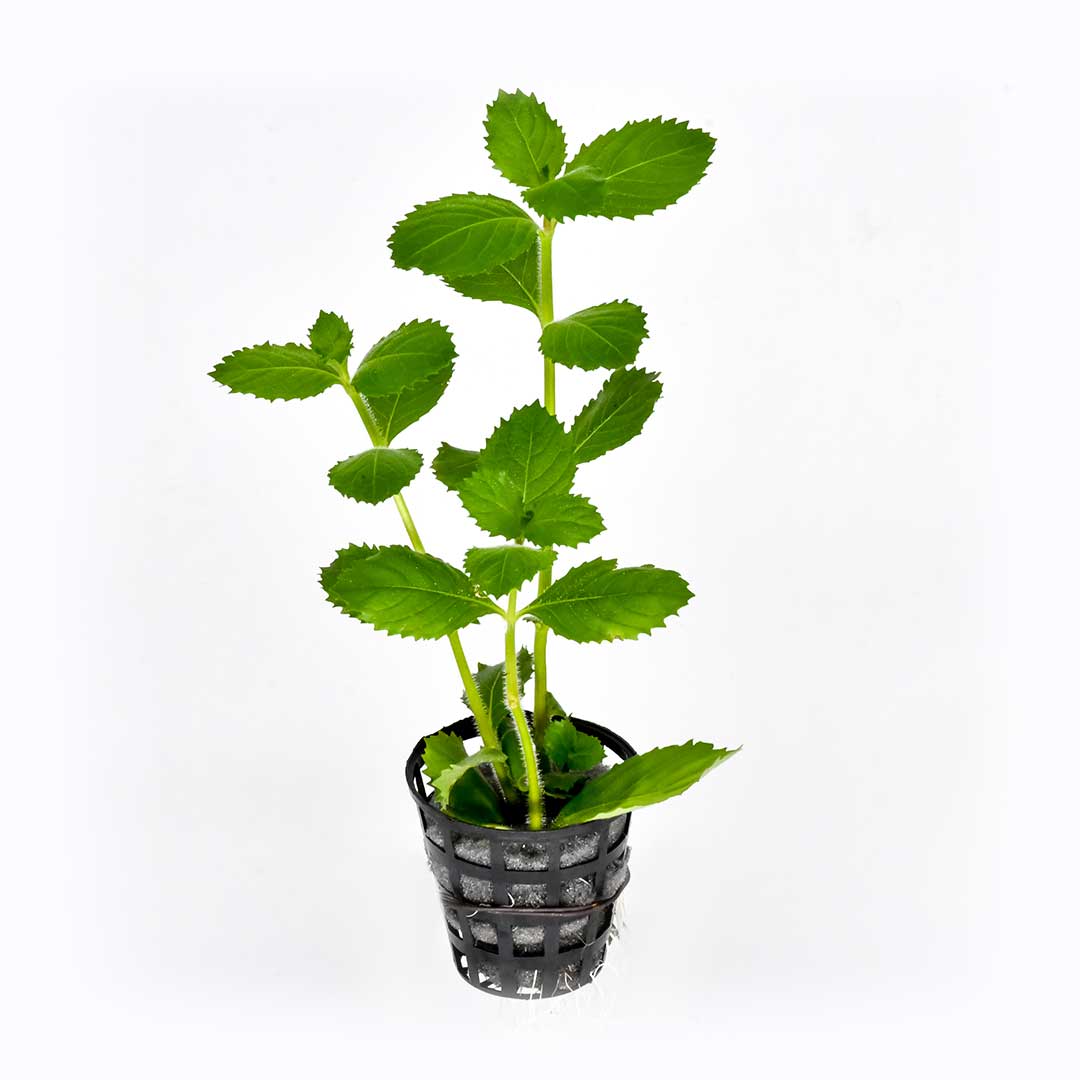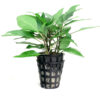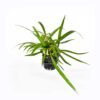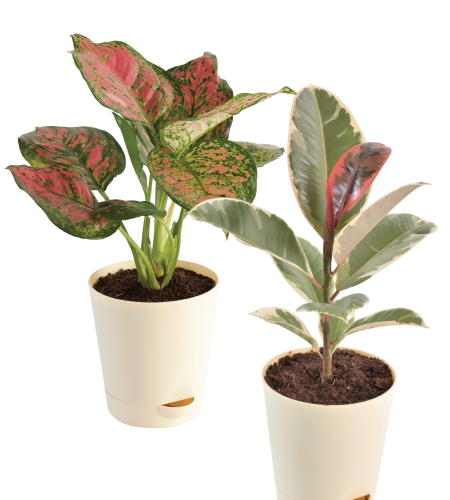Hygrophilla difformis is a lovely and low-maintenance Asian stem plant. Stems can grow to be 20-30 cm tall and 6-12 cm wide. A plant for beginners that will help establish balance in the aquarium right away. Because the plant absorbs a large number of nutrients from the water, its rapid growth aids in the prevention of algae. A lack of micronutrients results in pale leaves, which may indicate that the aquarium requires fertiliser.
Its lobed leaves can form a distinct group in large aquariums. An anchor containing a bundle of stems or young plants. Remove the anchor and divide the plant into separate plants. Remove the leaves from the bottom 5 cm (2″) of stem plants. Remove any broken or damaged leaves. Plant the individual plants several inches into the bottom substrate. Soon, roots will form, and the plant will begin to grow.
The water wisteria, Hygrophila difformis, is an amphibious plant native to tropical Asia. It has long been popular as a lovely and low-maintenance aquarium plant. Its submerged shoots grow to be 6-12 cm wide and at least 30 cm tall, with lobed, freshly green leaves. This Hygrophila is simple to grow and ideal for beginners. However, it is susceptible to micronutrient deficiency, as evidenced by pale leaves. Medium lighting is adequate. It should be noted that the terrestrial (emersed) form of Hygrophila difformis differs significantly from the underwater form. It develops the typical divided submerged foliage after planting in the tank.
Hygrophila difformis looks particularly lovely in the midground or background of large aquariums, where it can form a distinct group. It is recommended for newly started tanks where it can compete with algae due to its rapid growth. Hygrophila difformis is a stunning plant that has long been cultivated in the aquarium hobby. It is native to South and South-East Asia, where it grows in bogs. The plant is used in traditional medicine in Asia.
Only a few plants are easier to grow in an aquarium than this one. It grows well in moderate light, but brighter lighting improves its health and overall volume. Massive growth rates are achieved with a lot of light, CO2 injection, and a good nutrient supply. This makes it an excellent plant for newly established tanks because it can absorb large amounts of nutrients, thereby lowering ammonium levels. Its pinnate leaves become more refined when exposed to a lot of light. Water hardness and pH are unimportant to H. difformis, and it grows quickly in tanks with no CO2 injection. However, micronutrients such as iron should be added to the tank because this plant is sensitive to a lack of these elements. The submerged and emersed forms of H. difformis have significant differences (see fig. 5). The emersed form’s shoots creep on the ground, its leaves are unparted and have a serrated margin, and blue-violet flowers develop in the leaf axils. They have a strong scent and are covered in sticky glandular hairs. When these shoots are planted in an aquarium, they form submerged leaves within a few weeks, and the old emersed leaves die off.
As with most stem plants, propagation is simple. Simply cut off the top of the plant and replant it in the substrate. It will quickly form roots and resume strong growth, whereas the old part you left in the substrate will produce a large number of lateral shoots. Trimming on a regular basis will result in lush, bushy plants. H. difformis can grow quite large and is thus unsuitable for small tanks. However, in large aquariums, it can be a real plus. Its leaf shape is striking in comparison to other species with differently formed leaves.
Is CO2 required by Hygrophila difformis?
Water wisteria is regarded as an easy aquarium plant that is appropriate for beginners in the planted tank hobby. It does not require additional Co2 to grow (though it always helps), and medium to high light should be sufficient to get this one growing quickly.
Is soil required for Hygrophila difformis?
Hygrophila difformis is a stem plant that should be grown in soil. All you have to do is stick the plant far enough into the sand or gravel to keep it from floating away: it’ll quickly form a root system to anchor itself.











Reviews
There are no reviews yet.